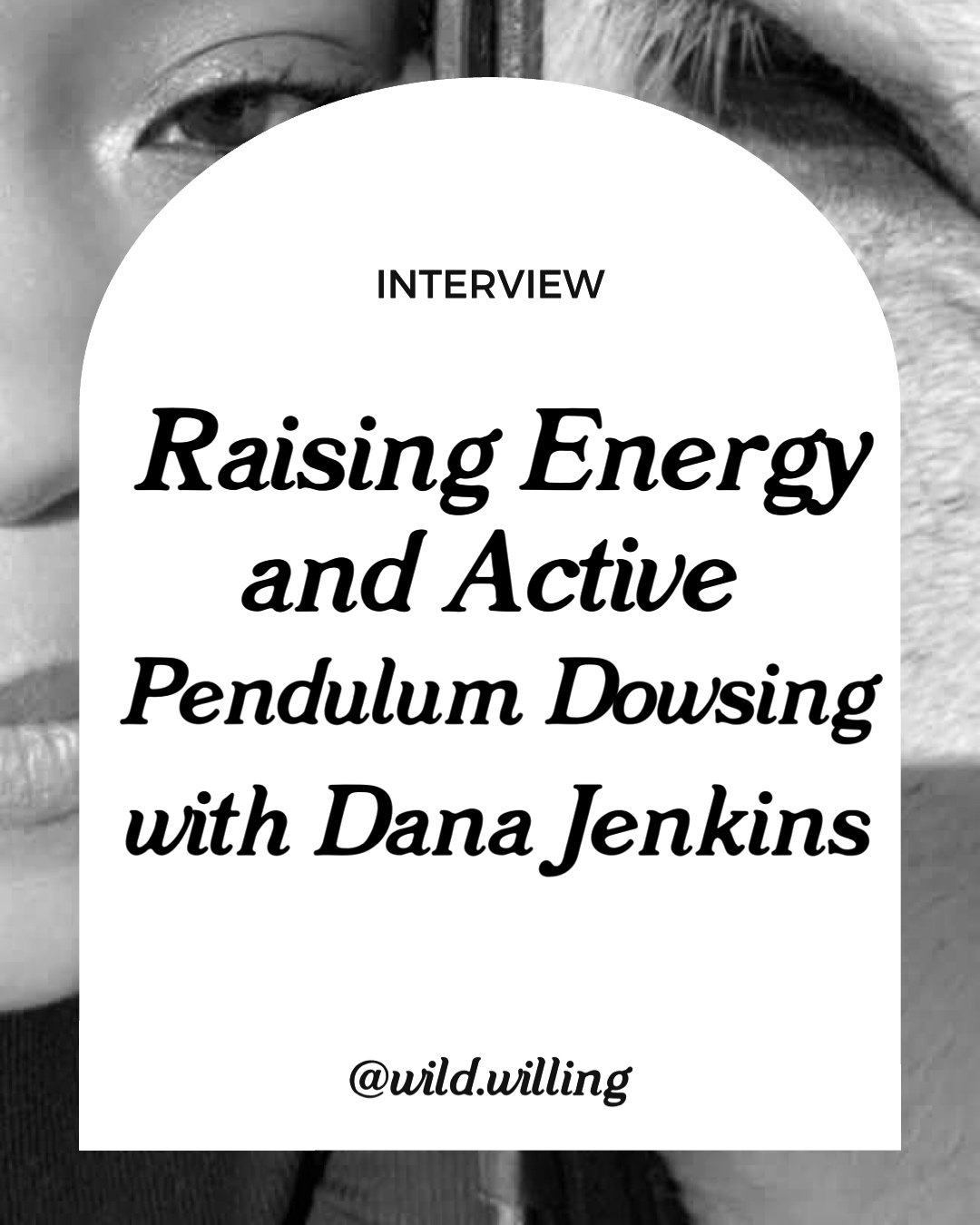Liver Energy: Breaking Through to the Other Side
When it comes to doing things that aren’t so good for us, most of us are well aware of the impact that “being bad” has on our liver.
Responsible for detoxifying chemicals and metabolizing drugs, the liver is important to talk about as it plays a vital role in our bodies. And with countless jobs it performs for us day and night, it’s no wonder the liver is commonly in a state of imbalance in our culture as we tend to overwork ourselves into exhaustion in the pursuit of our goals. The reason I want to talk about the liver today is because what is less understood about the liver en yet is equally as important as knowing it is an organ of detoxification, is that it is responsible for the healthy flow of energy, blood and emotions and powers our forward movement.
In Traditional Chinese Medicine, the liver is represented by the character “gahn”, which depicts a pestle, the tool used in a mortar to crush or grind spices and herbs and also depicts the flesh of the physical body. The TCM character for the liver embodies the relationship between the it’s ability to forcefully move obstructions to maintain healthy flow of energy and the strength of the muscles, tendons and ligaments to move our bodies forward. Also associated with the character “sheng”, it symbolizes the upward surge of a plant through the soil that is beginning to spread its leaves and grow. The contractive and at times explosive energy of the liver gives us our ability to overcome challenges and push past walls that hold us back.
In Ayurveda, the liver or yakrt is paralleled to the emotion of anger, which as a healthy expression shows up when we need some directed force to get us past an obstruction in our path. Anger is essential to our development and evolution, however it becomes destructive when it shows up in excess, or is stifled. And especially, when severe trauma occurs at a young age, the liver energy can go into a pattern of disharmony that exhibits as depression or self-destructive, even vengeful behavior. A liver pattern of disharmony can drive us to self medicate and seek coping methods that are in the end actually doing more damage to our liver such as binge drinking or using drugs. The emotional correlation is a reminder that we need to call on healthy anger to help us make a change in the right direction. In addition, we must feed our bodies proper nutrition for our constitution and practice strength training exercises that fit the needs of our muscles, tendons and joints to ensure that when emotional conflicts do arise, our liver energy is balanced to handle it with the grace of a warrior at peace.
At War With Ourselves
One of the core ancient texts of Traditional Chinese Medicine, the Nei Jing describes the responsibilities of each organ, and the liver as thus: “The Liver holds the office of general of the armed forces. Assessment of circumstances and conception of plans stem from it.” My acupressure teacher Diana Thompson talks about one the most common imbalances of liver energy in horses as the horse that stares off in the distance with his or her head held high, unable to look away and locked in position while other horses and humans around looking in the same direction don’t see anything of consequence and can focus on other things. This horse in an imbalanced liver state is hypervigilant yet indecisive about how to act on what they see, standing motionless unsure what is or isn’t a threat and how to move forward.
This liver imbalance of staring off into the distance with a rigid body and irresolute mind can also be seen in humans. In extreme circumstances, I have seen a similar response in people under the influence of stimulants who become paranoid and irrational about their environment, who claim that they are in danger with no perceived threat anyone other than themselves can detect. The liver energy being linked to an army general in charge of surveying the surroundings and commanding troops on a direct course of action explains why when the liver is in an imbalance, these feelings of being in danger accompanied with uncertainty on how to act or even if there is a real threat can arise.
We’ve talked about how the emotion of anger corresponding to the liver is commonly thought of as negative, when it could instead be seen as focused determination. Many cases of liver imbalance may be improperly assessed initially because they can present as depression or even anxiety. However there are true dangerous cases of liver imbalance, and to start diving into those we’ll get into the difference between true aggression and reactivity.
I’ve worked with both dogs, horses and humans, who have exhibited what I call in training terms reactivity versus true aggression. Without getting into the deeper TCM or Ayurvedic terms for the patterns of imbalance in this article because there are so many considerations, we’ll be discussing the difference between stagnant and excessive energy. Stagnation of liver energy creates a feeling of being stifled and even sensitive, an uneven flow in movement of blood, fluids, waste, and emotions and can result in feelings of depression, frustration or anxiety. Excessive liver energy creates inflammation, or heat in the body which can manifest as fevers, swelling, rashes, and feelings of explosive anger or rage. An animal or human who is truly aggressive is driven from a state of liver energy being in excess, while reactivity is based in liver energy that is stagnant. Excess liver energy imbalances can be the most dangerous to work with because a physical confrontation is more likely in these cases than in stagnancy based imbalances. A horse who is simply reactive with an imbalance of liver energy due to stagnation may pin their ears and bare their teeth at you or bite at the air near you, swish their tail and move as if to kick you without following through. An example of a horse with stagnant liver energy, not an excess, is a horse my teacher was holding while a veterinarian was practicing acupuncture on the liver meridian when she kicked up her heels knocking the needle out of the vets fingers. A dog who is reactive will bark and lunge and perhaps even dance around the perceived threat getting really worked up, but will not actually go to bite or do damage. And a human who is reactive with stagnancy based liver imbalance may ball up their fists and make threats without acting on them.
Manifesting Inner Peace
Now that I’ve shared some examples of what liver energy looks like in patterns of imbalance or disharmony, it’s time we come full circle and talk about how to maintain healthy movement of liver energy. As I mentioned at the beginning of the article in the Traditional Chinese Medicine and Ayurvedic perspectives on the function of liver energy or qi, the crux of the liver’s function is to move and regulate the flow of energy, blood, and emotions in the body. There are countless ways that the healthy or correct flow of energy can be blocked and create obstacles in its path which set the stage for patterns of disharmony to kick us off our alignment and alter our course. Fortunately though, there are as many ways as there are individuals to steer our liver energy back in the right direction when we hit bumps in the road.
“I read somewhere... how important it is in life not necessarily to be strong, but to feel strong.” - Jon Krakauer
Since the liver rules the muscles, tendons and ligaments, and is responsible for the movement of blood and circulation to nourish these tissues, exercise and strength training is essential for optimal liver health. Strength training varies with each individual and it is important to find what form of exercise fulfills your needs and helps you to feel strong without leaving you vulnerable to injury or overexertion. Remember, the liver already works so hard it deserves the award of employee of the month every month, so knowing and respecting your limits especially when it comes to our physical abilities is paramount.
There’s still so much more to the functions of liver in how it helps us digest and assimilate nutrients, which we will not be touching on here for the sake of not turning this article into a novel. For now we can think of learning and addressing the emotions associated with the liver as our appetizer before we dive into the foods, medicines and cleansing techniques that aid in balancing liver energy. As the liver is associated with anger, and in imbalanced states with rage, resentment, frustration, envy, and impatience, take note of how frequently you experience these emotions, to what degree, mild or intense, and how quickly they pass. Observe if you frequently experience resentment for example, whether you find yourself holding grudges for years or if you feel yourself able to let them go without a fight. Because we can’t ask animals to give us detailed descriptions of their emotional lives, allow yourself to observe without judgement the states that your animal companion goes into. Do you observe your dog having chronically tense muscles, or being irritable about being touched in certain areas? Does your horse have weakness in the hindquarters and not much propulsion sending them forward during exercise? Before we begin altering our diets, cleansing our livers or ramping up our exercise regimen, spend some time in reflection looking at emotions and sitting with how you feel your liver energy is moving. Overcoming obstacles and changing direction if you’ve been steered the wrong way for a long time doesn’t happen overnight, and nor does treatment have to be radical or invasive with chronic conditions. Take advantage of every breath as an opportunity to change, deepen your inhalation and exhalation, break down dams that are restricting your innate flow, close your eyes and envision yourself surging upward breaking through to the other side like a seedling bursting through the soil and unfurling its leaves.
Resources
Batdorff, DeAnna, 2017. dhyana Essentials (Ayurveda). Available at: https://dhyanaessentials.com/.
Thompson, Diana, 2018. (Acupressure For Horses Education). Available at: https://dianathompson.com/.











